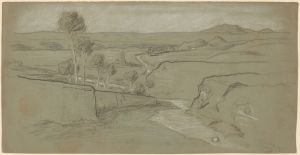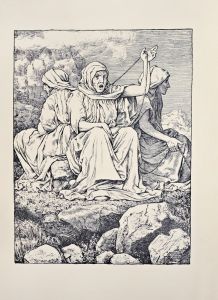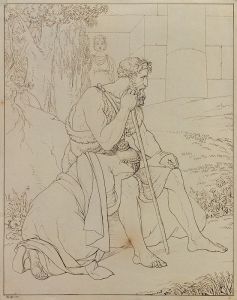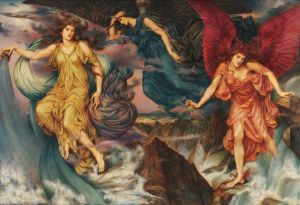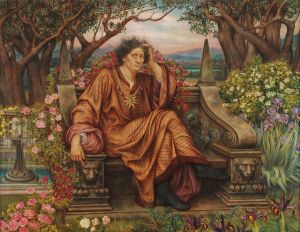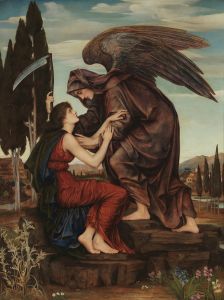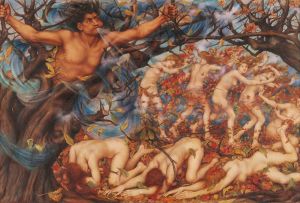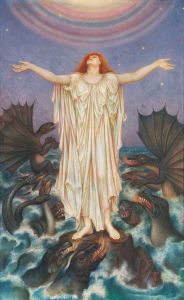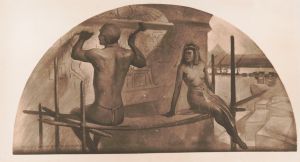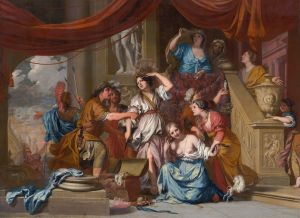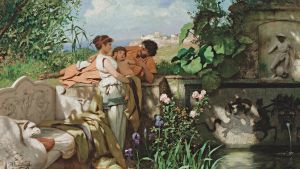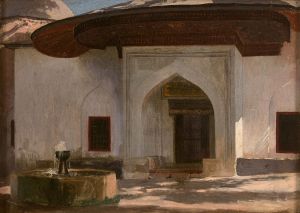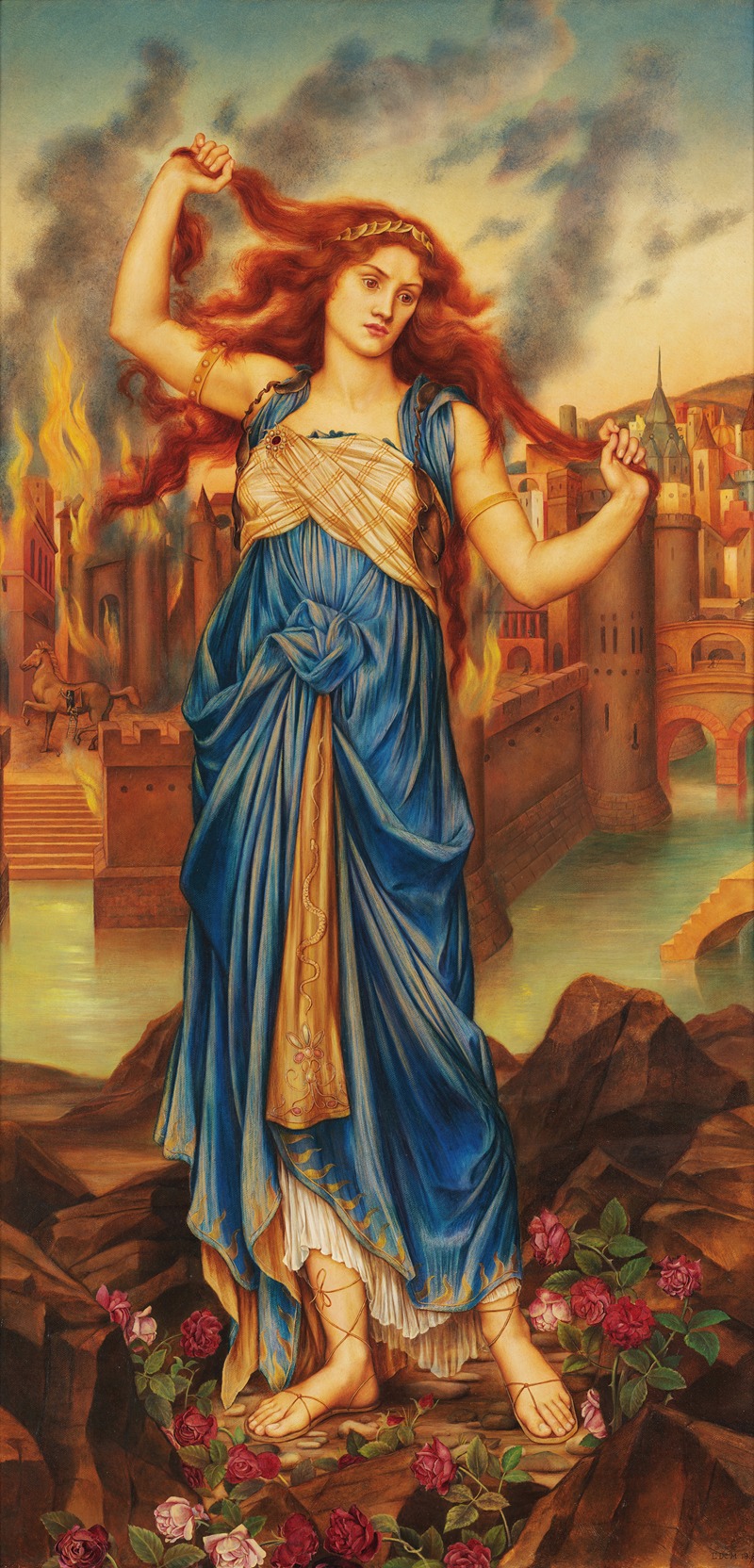
Cassandra
A hand-painted replica of Evelyn De Morgan’s masterpiece Cassandra, meticulously crafted by professional artists to capture the true essence of the original. Each piece is created with museum-quality canvas and rare mineral pigments, carefully painted by experienced artists with delicate brushstrokes and rich, layered colors to perfectly recreate the texture of the original artwork. Unlike machine-printed reproductions, this hand-painted version brings the painting to life, infused with the artist’s emotions and skill in every stroke. Whether for personal collection or home decoration, it instantly elevates the artistic atmosphere of any space.
Evelyn De Morgan's painting "Cassandra" is a notable work by the English artist, who was known for her association with the Pre-Raphaelite movement and her distinctive style that often incorporated themes of spirituality, mythology, and social commentary. Painted in 1898, "Cassandra" is an oil on canvas that reflects De Morgan's interest in classical mythology and her skill in portraying complex emotional states.
The painting depicts Cassandra, a figure from Greek mythology, who was a daughter of King Priam and Queen Hecuba of Troy. According to myth, Cassandra was blessed with the gift of prophecy by the god Apollo, but when she rejected his advances, he cursed her so that no one would believe her predictions. This tragic element of her story is central to De Morgan's portrayal.
In the painting, Cassandra is shown in a moment of despair and urgency, reflecting her futile attempts to warn the Trojans of impending doom. De Morgan captures Cassandra's emotional turmoil through her expressive face and dramatic posture. The background of the painting is often interpreted as representing the city of Troy, with its walls and towers, subtly indicating the setting of her unheeded warnings.
De Morgan's use of color and light in "Cassandra" is particularly noteworthy. The artist employs a rich palette, with deep reds and golds that convey a sense of impending disaster and highlight Cassandra's isolation. The lighting in the painting emphasizes her figure, drawing the viewer's attention to her intense expression and the pathos of her situation.
Evelyn De Morgan was deeply influenced by the Pre-Raphaelite Brotherhood, a group of English painters, poets, and critics founded in 1848. The movement sought to return to the detail, intense colors, and complex compositions of Quattrocento Italian art. De Morgan's work, including "Cassandra," reflects these influences through its meticulous attention to detail and symbolic content.
"Cassandra" is also reflective of De Morgan's broader artistic themes, which often included strong, independent women and critiques of contemporary social norms. Through her depiction of Cassandra, De Morgan not only explores the mythological narrative but also comments on the broader theme of women's voices being ignored or dismissed, a subject that resonated with the feminist movements of her time.
The painting is part of the De Morgan Collection, which includes many works by Evelyn De Morgan and her husband, the ceramicist William De Morgan. The collection is managed by the De Morgan Foundation, which aims to preserve and promote the works of the De Morgans. "Cassandra" has been exhibited in various galleries and exhibitions, contributing to the appreciation of Evelyn De Morgan's work and her place in the history of British art.
Evelyn De Morgan's "Cassandra" remains a powerful representation of mythological storytelling through art, showcasing her ability to blend narrative, emotion, and symbolism in a way that continues to engage and inspire viewers.





